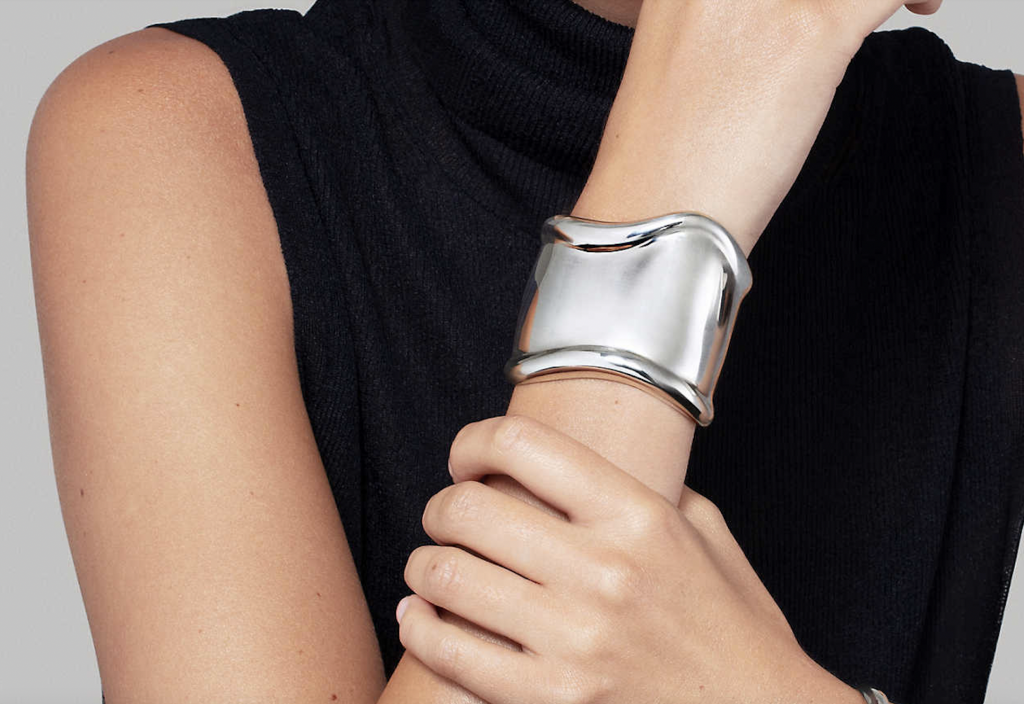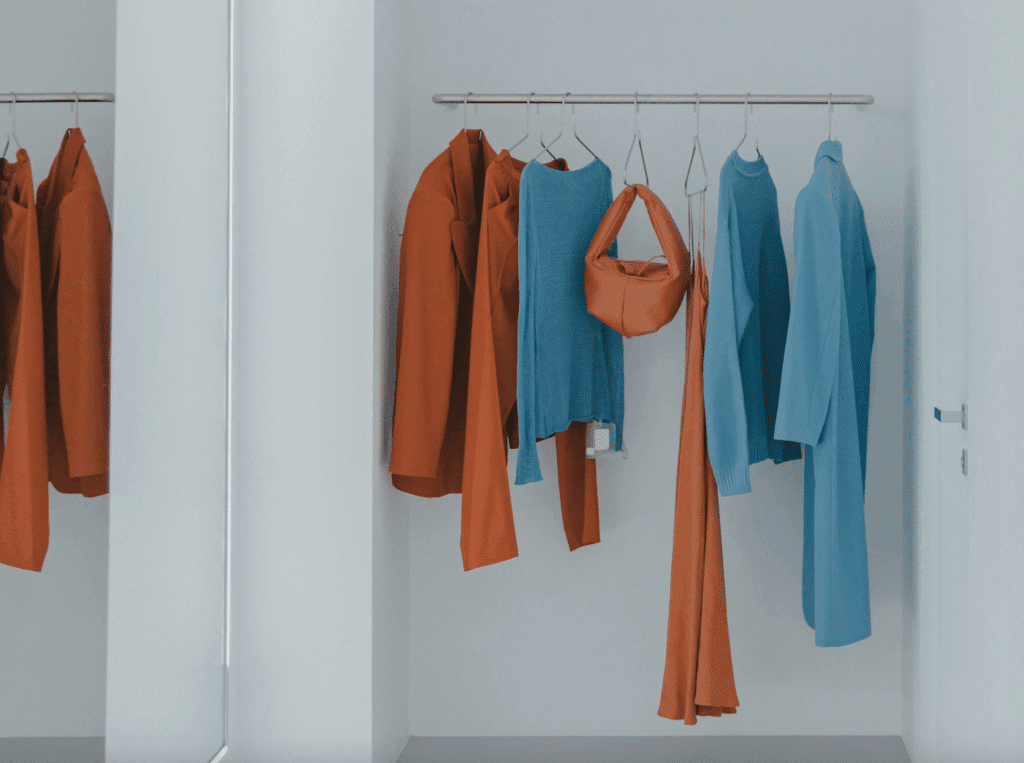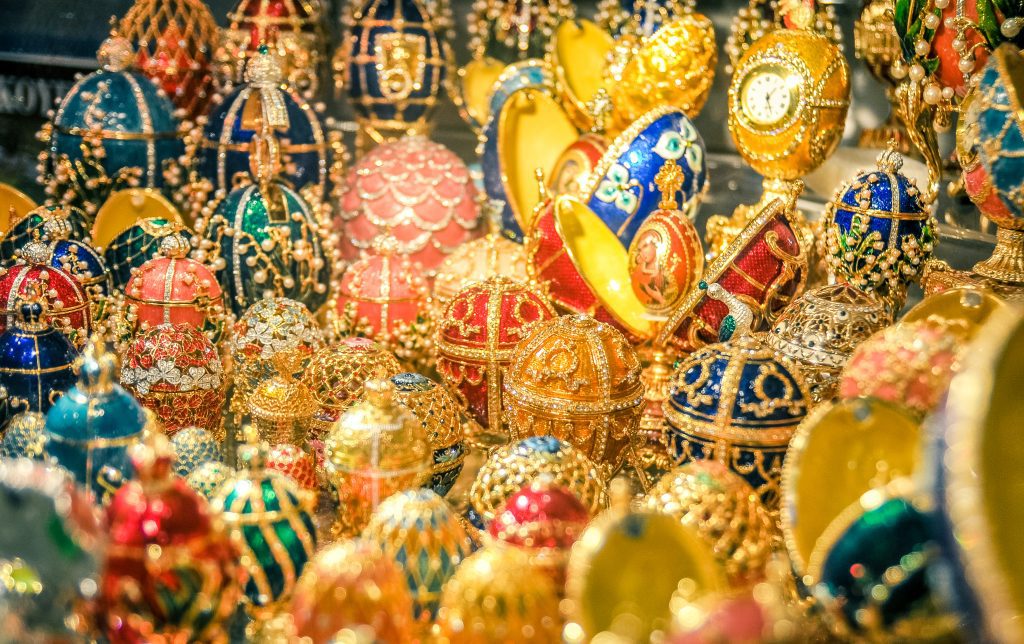From her iconic bone cuff bracelet and kidney bean pieces to the ubiquitous open-heart pendant, Elsa Peretti – who died on Thursday at age 80 – was behind some of Tiffany & Co.’s most well-known pieces, and back in the early 2010s, her designs were responsible for 10 percent of Tiffany’s total annual sales. It was around that time, in early 2013, just as Tiffany & Co. was gearing up to sue Costco for trademark infringement and counterfeiting, that the New York-based jewelry stalwart made headlines – albeit not for a particularly striking piece of jewelry. Nearly 40 years into its partnership with Ms. Peretti, the star designer was looking to walk away, something that Tiffany & Co. stated in a filing with the Securities and Exchange Commission (“SEC”) would likely “adversely” affect its earnings.
According to its May 23, 2012 Form 8-K filing, Tiffany & Co. revealed that it and Ms. Peretti, then 72, were squabbling over money. Setting the stage in its 8-K, a report that public companies are required to file in the case of an unscheduled material event or corporate change that could be of importance to the shareholders or the SEC, Tiffany stated, “Ms. Peretti retains ownership of the Peretti Intellectual Property and exercises approval rights with respect to important aspects of the promotion, display, manufacture and merchandising of Peretti-designed products.” In exchange for an annual lump sum and royalties, Tiffany was able to make use of Peretti’s trademark-protected name and copyright-protected creations, which it had been doing on an exclusive basis since they first joined forces in 1974.
In that same filing, Tiffany alerted the SEC of the fact that in light of Peretti’s “interest in retiring from her relationship with Tiffany,” representatives for the two camps had entered into negotiations regarding the possible purchase by Tiffany of Peretti’s intellectual property – including copyrights for the Peretti Designs, and trademarks, such as “ELSA PERETTI, Elsa Peretti (written in stylized signature script), PERETTI, the bean design, DIAMONDS BY THE YARD and PEARLS BY THE YARD.”
The jewelry giant revealed that it had “made a firm offer to Ms. Peretti in an amount” – which was not disclosed in the filing – “that is based upon the value of the Peretti Intellectual Property to Tiffany.” As of the May 2012 filing, Tiffany contended that the parties had “not reached agreement on the price.” Should it proceed in lieu of such a deal and without one of its biggest-name designers, Tiffany pointed slash in sales that would come as a result. Given that sales of Peretti designs accounted for 10 percent of its net sales in 2009, 2010 and 2011, per Tiffany, and the company generated $3.6 billion in sales in 2011, the immediate loss would be $360 million if Tiffany were to lose this segment of its business.
As Forbes reported at the time, the loss of Ms. Peretti and the right to use her valuable intellectual property rights would leave “a huge sales hole that would be difficult to fill, particularly during a time when consumers” – still reeling from the economic decline of the Great Recession – “have become much more cautious of their discretionary spending.” To make matters worse, Tiffany was in the midst of quarters-long sales drops. By that November, Reuters stated that the company had “lowered its fiscal-year sales and profit forecast for the third straight quarter after weak quarterly sales of its high-margin but inexpensive silver jewelry and a drop in quarterly same-store sales in its key Asia market.”
As it would turn out, however, the jewelry titan and the celebrated designer would not go their separate ways.
A New Deal
In a subsequent filing with the SEC seven months later, Tiffany had better news. “Committed to [their parties’] long-standing collaboration with Peretti,” Tiffany had reached a $47.5 million-plus deal with the designer. By way of a new contract, a nearly 10,000-word agreement (not counting the various attachments and schedules) dated January 2, 2013, the two would be bound together for 20 years, during which time Tiffany would continue to be the sole licensee of the Peretti trademarks and the Peretti copyrights.
The new deal “amend[ed] and restate[ed]” the one that the two had entered into in 1997 – complete with a one-time sum paid to Peretti of $47,258,824, and annual royalty payments of $450,000. Beyond that “Basic Royalty,” the agreement also called for Tiffany to pay Peretti a royalty of five percent of net sales of all Peretti designs during the term of the 20-year deal.
To ensure that Peretti products would continue to sell, Tiffany made a handful of additional warranties. For instance, the jeweler vowed to “display the full collection of Peretti products offered for sale by Tiffany … for sale in its flagship store at 57th Street and Fifth Avenue in New York City and the full collection of Peretti Objects” – i.e., non-jewelry products designed by Ms. Peretti or otherwise bearing her name – “in other stores that display the full collection of Tiffany’s tabletop product offerings.” More than that, Tiffany committed to “display[ing] a collection of a minimum of fifty (50) Peretti objects” in “at least ten (10) Tiffany Stores other than the Flagship Stores.”
On a similar note, Tiffany agrees to “use its best efforts to continue the successful support of sales of Peretti products through advertising and promotion.” To be exact, the agreement dictates that “the aggregate amount expended by Tiffany and its affiliated companies on Peretti promotional expenses in any fiscal year will equal or exceed 2.6 percent of net Peretti sales for the preceding fiscal year.” The deal mandates that Tiffany “expand the content of its website to include a special section containing content regarding Peretti and Peretti products,” including “narrative and visual information regarding craftsmanship and the creation of selected Peretti products, with an emphasis on Peretti objects.”
And the deal goes even further, requiring that Tiffany “use photography created by the photographer Hiro or any other photographer of comparable stature that Peretti may specify in advertising for Peretti products.” In connection with such photos, “Tiffany will purchase unlimited rights to reproduce and use for commercial purposes any such photography created after the date of this agreement, [and] fully transfer in writing such rights to Peretti,” at which point Peretti “agrees to permit Tiffany to use such photography without usage fee for the advertising, promotion or publicity related to Peretti products and Peretti.”
In separate provisions, Tiffany warranted that “Peretti products may be sold to non-affiliated retailers who purchase Tiffany merchandise from Tiffany or one of its affiliated companies for resale within the territory,” a contract term aimed at preventing Peretti’s goods from entering into the gray market or other unauthorized channels of sale. Peretti products also cannot “be subject to advertised promotional pricing or inventory liquidation events,” according to the deal.
On quality control grounds, the agreement dictates that “only manufacturing techniques approved by Peretti will be used in the production of Peretti products,” and that “Tiffany will continue to place orders for the manufacture of certain Peretti products with manufacturers who have been designated by Peretti and who have, for many years, provided Peretti products meeting the quality standards of Peretti and Tiffany.”
Still yet, the more than $47.5 million deal does not require Peretti to create a new designs. Specifically, the agreement states that “Peretti shall be under no obligation to produce any new Peretti designs for Tiffany.” In the case that Peretti opts to create new pieces and provide them to “Tiffany for production, they will then become subject to this agreement.” (It also did not require that Ms. Peretti “engage in promotional appearances for Tiffany.”).
And as for the unfortunately very relevant contract term that dictates the status of the deal upon the the death of Ms. Peretti, the agreement will continue on, and “shall be deemed assigned to the Elsa Peretti Foundation or such other person, as applicable.”
Born in Florence, Italy, Ms. Peretti got her start working as a fashion model, and “became one of designer Halston’s favored models, nicknamed the Halstonettes, alongside Pat Cleveland and Anjelica Huston,” Harper’s Bazaar asserted on Friday. In 1969, Peretti created her first jewelry design, and “decades before model-designer collaborations” – a la Kate Moss x Topshop, which made headlines in 2007 and a tie-up between Gigi Hadid and Tommy Hilfiger about a decade later – “became the norm, Peretti became a regular collaborator of Halston.”
In a statement on Friday, Peretti’s long-time partner Tiffany & Co. reflected on ger legacy, stating, A masterful artisan, Else Peretti revolutionized the world of design and forever changed the way women wore jewelry. Elsa’s legacy will remain a constant inspiration for generations to come. Our hearts go out to her family, friends and the artisans and craftspeople who realized her fantasies. She will be deeply missed by all of us at Tiffany & Co.”














